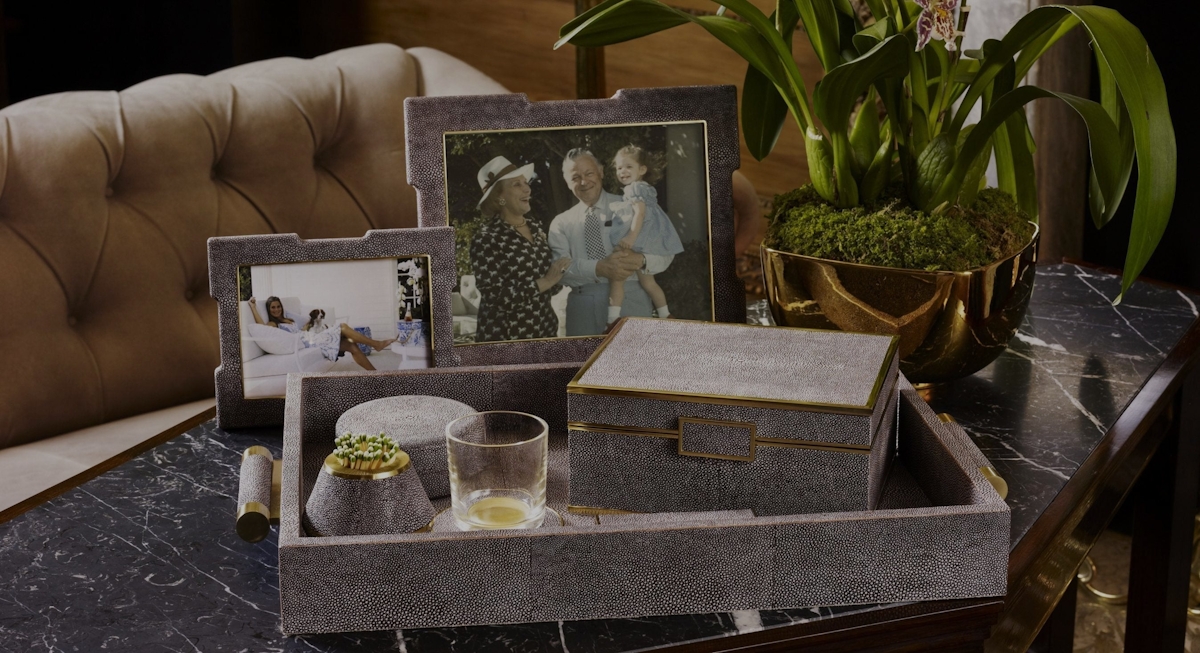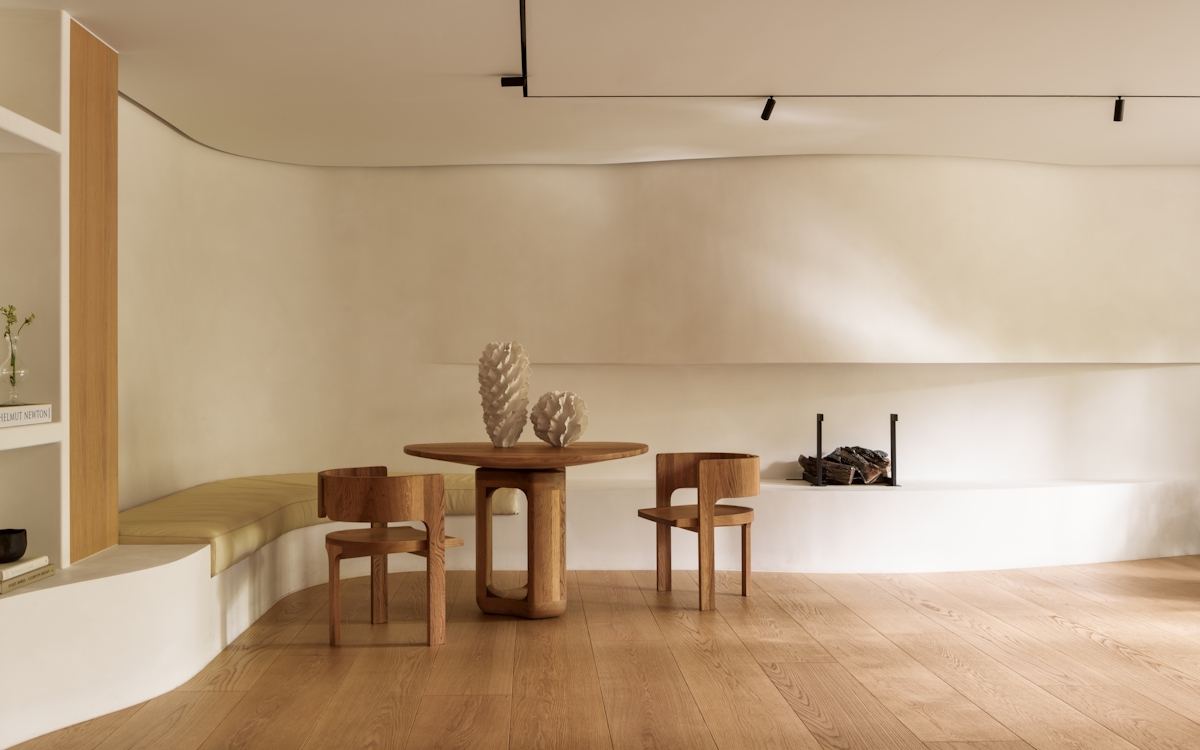Less is more when it comes to shagreen on large pieces of furniture. It’s the sort of material that should be given space to stand out in a room, so leave it to one sophisticated console table in a sitting room, a solo chest of drawers or duo of petite bedside tables in a bedroom or even a handsome desk in a study.
If larger forms of shagreen aren’t to your taste, or if you’re keen to add further leather-like texture to a room, look to shagreen accessories.
Designers like Forwood Design produce beautiful Deco desk accessories such as paper trays and traditional game sets, including backgammon. Or invest in AERIN's assembly of sheer elegance through bedroom, bathroom and living room accessories be it tissue box covers, pretty wastepaper bins, coasters or photo frames.
Whichever decorating decisions you make, you’ll soon learn that once you start with shagreen, it becomes rather hard to stop…







